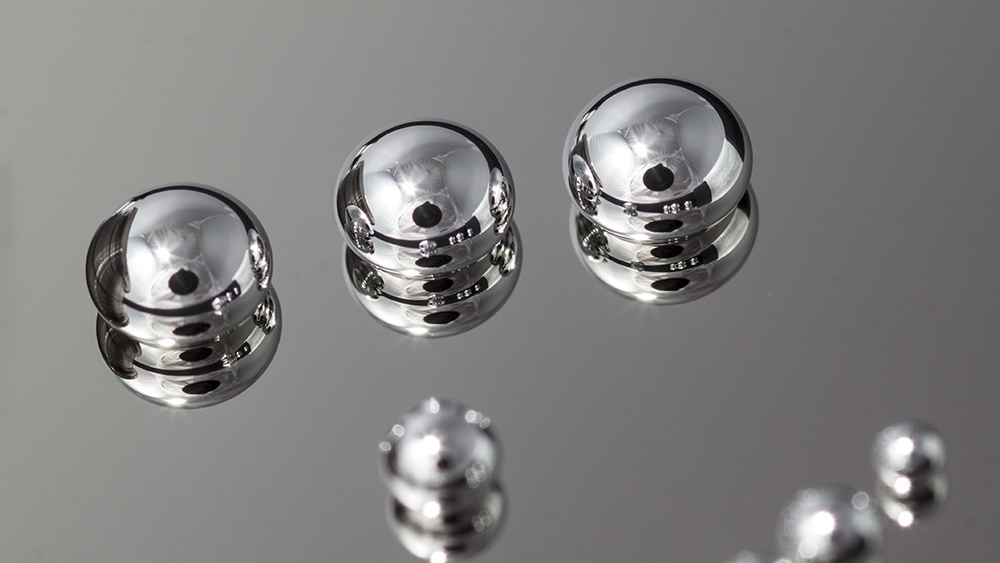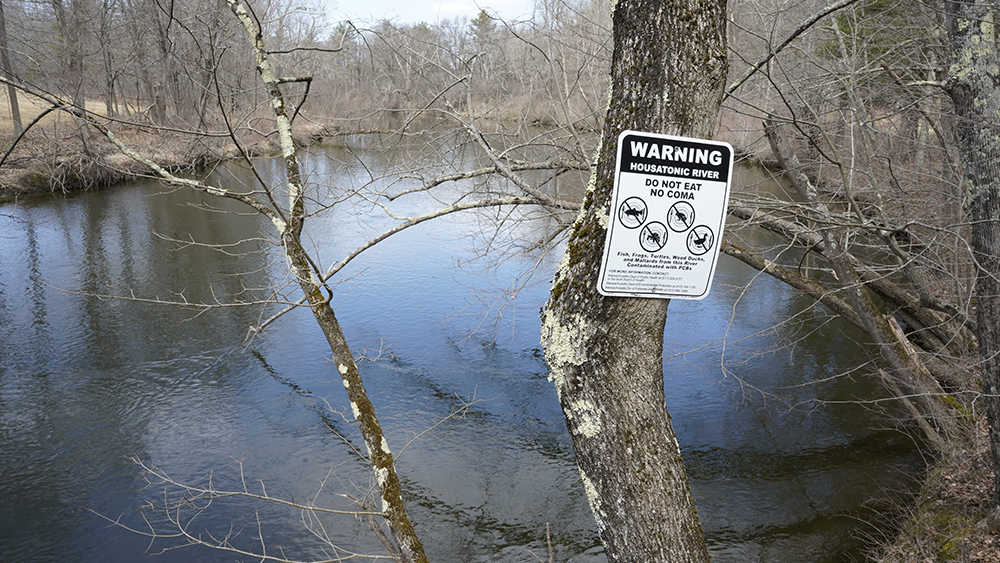9 Ways to make your home allergy-proof
04/11/2023 / By Zoey Sky

If you have a pollen allergy, you may have noticed that pollen allergy season gets worse every year. Hotter temperatures mean more potent pollen, which comes from various sources like flowers, grasses, trees and weeds.
Some of the most common sources of pollen allergens include birch, cedar, oak, ragweed and sagebrush. You can’t control the weather, but if you or someone in the family has allergies, you can help relieve symptoms by managing your indoor environment.
According to Dr. Tania Elliott, a spokesperson for the American College of Allergy, Asthma & Immunology: “The first line of treatment for allergies is avoidance.”
If you’re not sure what’s causing your allergies, consult an allergist to identify your triggers, which could be things like dust mites, pet dander or pollen.
After you identify your triggers, follow the tips below to make simple but beneficial changes to allergy-proof every room in your house.
Stop outdoor allergens at the front door
If you’ve gone out on a grocery run, before you go inside you need to check for any allergen sources.
Pollen particles may cling to your shoes as you enter your home. To avoid tracking outdoor allergens inside, set aside a small spot to remove shoes in the entryway.
Tell the family about a no-shoes policy, and use an indoor mat to catch footwear right inside the door. Make sure you regularly vacuum this area during allergy season.
Place a water-resistant doormat outside so you and your family can wipe off their shoes before they cross the threshold.

Remove layers before entering the house
If there are serious allergy sufferers at home, remove as much clothing as you can as soon as you come inside. Tell everyone to leave their jackets, scarves and hats in your entryway or in a designated closet.
If your child has been playing outdoors or if you have been working in your garden, keep a hamper nearby, such as in the coat closet or a mudroom, to keep all your dirty clothes in one place until it’s time to do the laundry.
Always wash clothes in hot to kill allergens.
Wash away allergens
Ideally, if you have allergies and you spend some time outdoors, you should immediately take a shower after coming inside.
If that seems tedious or if you don’t have time, try to at least wash your face and eyelids with a mild, fragrance-free cleanser. This is important because your eyelashes can catch a lot of pollen. (Related: Reduce your kids’ risk of asthma and eczema: Get a dog.)
Get allergen-resistant flooring
If you have allergies, it’s best to have wood and tile floorings.
Aside from cigarette smoke, mold is the main problem indoors for many people with allergies. And even if you’re not allergic to mold, it can get into your airways, start growing and increase the risk of developing allergies, asthma and chronic sinusitis.
If you prefer comfortable rugs, choose short-pile or no-pile styles. Avoid thick, fluffy rugs because they will trap allergens.
Short-weave rugs made from polypropylene or sisal are durable and easy to clean.
If you have extra money, invest in wool rugs, which are more resistant to mold than synthetics.
Vacuum floors properly
Whatever you choose to cover your floor, you need to vacuum regularly and thoroughly.
According to Donna Smallin Kuper, a professional organizer and certified house cleaning technician, not a lot of people know “that the ‘push’ pass is a positioning move and the ‘pull’ pass” is the one that cleans your floors. She recommends slowing down on the pull for a thorough clean.
When buying a vacuum cleaner, look for one with HEPA (high-efficiency particulate absorbing) filtration because it traps even the tiniest particles. You can also get a cyclonic vacuum that spins dirt away.
Get the right houseplants
According to lab studies, most indoor plants don’t contain the type of pollen that bothers seasonal allergy sufferers, and some can even help clean the air by absorbing volatile organic compounds.
However, the wrong kind of houseplants can promote mold growth and collect dust.
Sometimes, there can also be cross-reactivity between indoor plants and common outdoor allergens. This means they might share similar proteins that can make you sneeze.
If you want to grow some houseplants, you will need to experiment to see what works for you.
Here are some indoor plants that you can get if you have allergies:
Areca palm
Areca palms prefer slightly higher humidity than other plants because their native habitat is a tropical forest.
If you have a dry home but want to grow an areca palm, it’s best to purchase a humidifier. Alternatively, you can fill some trays with pebbles and water and place them around the plant to help increase the humidity in your space as the water evaporates.
Areca palms are great if you have sinus issues like those caused by allergies, and they can help remove formaldehyde from the air.
Dracaena
Some scientists say dracaena plants can help eliminate traces of benzene, formaldehyde and trichloroethylene.
Depending on the variety, they can withstand light shade. But keep in mind that care requirements can vary depending on the type of dracaena you have.
Additionally, dracaena is a low-pollen plant.
Peace lilies
Peace lilies are easy to grow. They start to droop when they are ready to be watered and thrive best in indirect lighting.
Peace lilies can help remove trace amounts of harmful chemicals from the air, including benzene, formaldehyde and xylene.
Get two or three peace lilies to increase the chances of improving air quality at home.
Swedish and English ivy
Swedish ivy is a hypoallergenic plant that will grow well in a spot with bright, indirect sunlight.
This fairly low-maintenance, fast-growing plant can be placed in a hanging basket or in a pot on the shelf. Make sure you place Swedish ivy in a room that never drops below 60 F.
If you prefer a low-light counterpart, get an English ivy.
English ivy can grow in partial to full shade, but the plant will thrive more with some lighting. This plant prefers humid environments, so you can keep it in the bathroom in a hanging basket.
Alternatively, you can place English ivy in a drier room if you provide intermittent misting.
Regularly clean fabric upholstery
Fabric upholstery is also a magnet for allergens. If your symptoms are bad and you can afford to redecorate, choose leather or faux leather so dander, dust and pollen are easier to wipe off.
If you’re trying to save money, simply cover your sofa with a machine-washable slipcover. Wash slipcovers, throws and pillow covers weekly.
Get an air purifier
If your allergies are bad, getting an air purifier can help.
However, air purifiers are often noisy. To keep the noise down, when you leave the room in the morning, turn it on and close the door behind you.
When shopping for an air purifier, check its Clean Air Delivery Rate (CADR). The higher the CADR, the faster it can filter the air.
Get an air purifier that can effectively handle the size of the room you plan to use it in.
Run the AC
If you have seasonal allergies, opening windows means letting pollen inside your home. Instead, opt to run the AC and seal off all the windows and doors in your bedroom.
Regularly change or clean ac filters. This means once a month if you have a window unit and every three months if you have central air conditioning.
Visit AlternativeMedicine.news for natural ways to treat allergy symptoms.
Watch the video below to find out how to treat the root cause of allergies.
This video is from the Hotze Health channel on Brighteon.com.
More related stories:
Breathe easier: 3 Homeopathic remedies for asthma.
9 Common allergy triggers hidden in your home and how to avoid them.
Sources include:
Submit a correction >>
Tagged Under:
This article may contain statements that reflect the opinion of the author




















